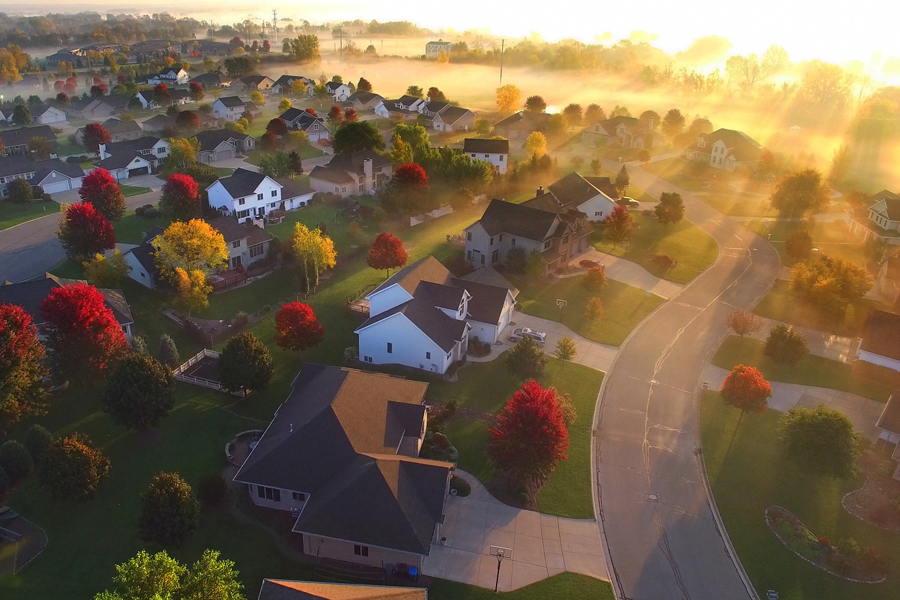Radon is the second leading cause of lung cancer.

Radon is a cancer-causing radioactive gas. You can’t see, smell, or taste radon. But it may be a problem in your home. It is the second leading cause of lung cancer and the leading environmental cause of cancer deaths in the United States.
Radon is a radioactive gas that comes from the breakdown of naturally occurring radium-226 found in soils and rocks that surround the foundations of our homes and offices.
Radon gas can enter through small cracks in the foundation or openings in the foundation like sump pumps or spaces around pipes. For some individuals with wells, radon in the well water can enter the home and become airborne during showering or dishwashing.
Here’s why you should be concerned.
- People who breathe in high amounts of radon are at risk of lung cancer.
- Iowa has the highest average radon concentrations in the United States.
- Radon is most dangerous when it is trapped in an area with low ventilation, such as a home.
Consider taking these steps today.
- Buy a test kit.
-
Radon test kits can be purchased from a variety of local stores, including hardware stores or large discount stores. These tests usually collect air samples for a few days.
- Consider long-term testing.
-
Longer-term testing, done by a certified professional, also can be done. You benefit from knowing precise levels of radon and having good advice for how to mitigate it.
- Install a mitigation system.
-
Radon can be removed from your home by installing a radon mitigation system, which vents the radon before it enters the building. The cost of a typical system is between $1,000 and $1,500. You should have this system professionally installed and insist on followup radon testing to see that the system is working.
